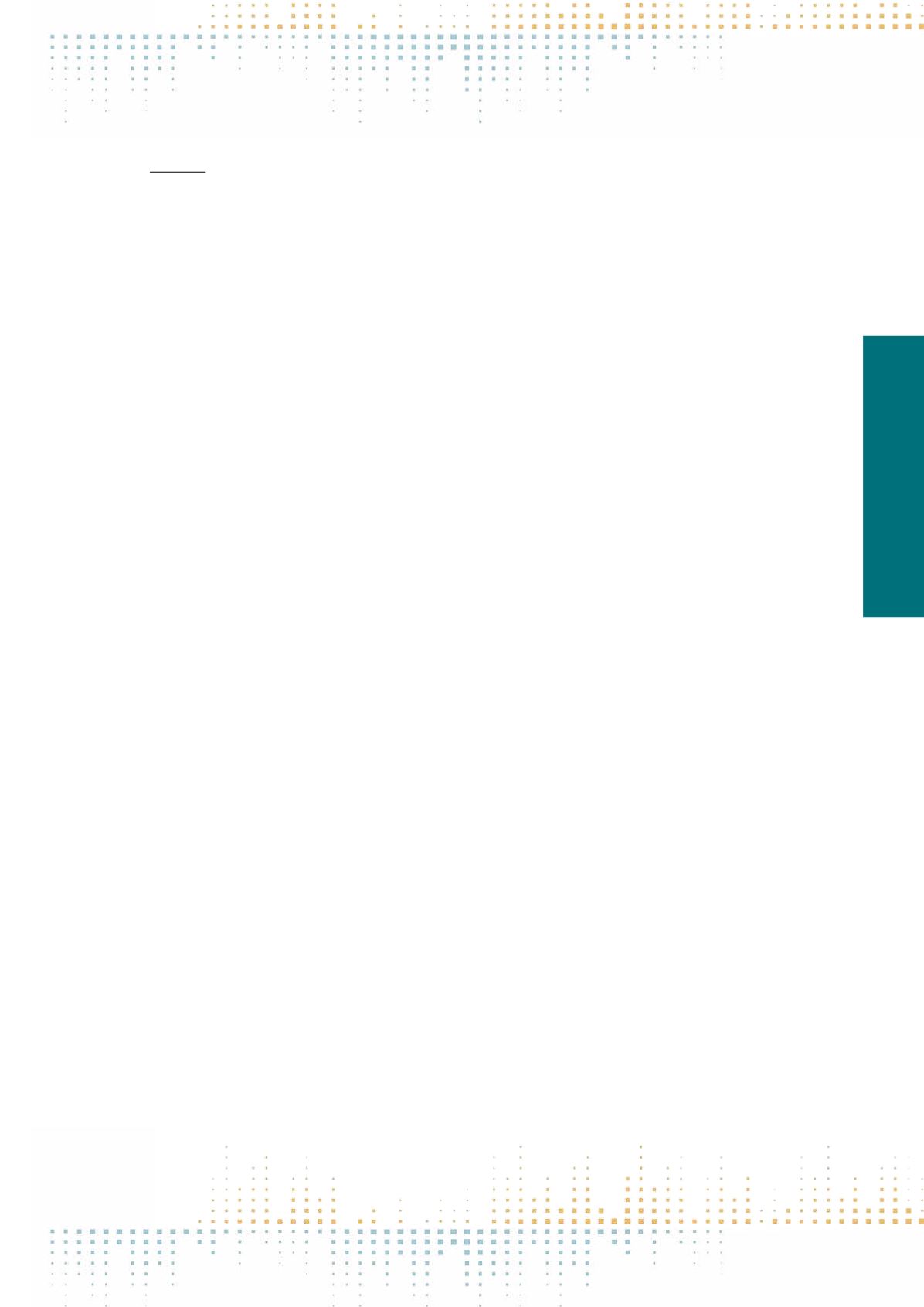

595
Friday, November 11
1 8 : 0 0 – 1 9 : 3 0
PP 455
Strategic Encounters Between Citizens and Professionals in Television Productions Based on Worker-Driven Innovations in Co-Creation
T. Rautkorpi
1
1
University of Tampere, School of Communication- Media and Theatre, University of Tampere, Finland
Industrial reflexivity and splintered production processes have been connected to degeneration in mass production-based television (TV) work (Caldwell
2008). On the other hand, distributed cognition and retrospective sense making are also celebrated as promising innovation strategies for media manage‑
ment and production (Küng 2008). This study investigates how the possibilities of distributed cognition have been realised and utilised through co-creation
with the audience. There are convincing reasons for a new research focus when searching for journalistic innovations in audiovisual media in the process
of transition. In the latest generation working life under the co-creation theme, products and services are produced through constant interactions among
the user, the producer and the product (Victor & Boynton, 1998). Furthermore, in the light of the new innovation thinking, utilising diversity in encounters
is an essential approach for obtaining alternative viewpoints, leading to innovative results (von Hippel 2005;Van deVen, Rogers, Bechara & Sun 2008).Thus,
the crucial research questions ask about the quality of interactions among the participants of the co-creative audiovisual production process and whether
there is a place for response and reflection in the participants’ encounters (Shaw 2002). This paper presents the first results of the ongoing case studies,
which apply the new research design to two pioneering productions for Finnish public service television in 2015 and 2016. In these cases the research
focus is on worker-driven innovations. Considered subjects of their own work, television professionals (producers, scriptwriters, TV directors) were asked
about their own interests and the possibilities in planning and making the new innovative products and how they perceived their co-creation partners.
The other research focus is on ‘multivoiceness’ – how co-creation was especially encouraged in building the televisualised mode of expression. In both
cases, the prominent question is how the documentary means were used in co-creation. Empirically, the studies draw on ethnographic interviews, where
theTV professionals described their respective work processes and solutions in detail. In both cases, the interviews with the professionals were conducted in
authentic surroundings and step-by-step during the TV production process. The data also includes correspondence with the participating citizens. The end
products are a popular music entertainment series featuring ordinary people as presenters, who were also ready to share their life stories, and a docu‑
mentary on a world-famous Finnish band’s global fans who were shooting their video stories for the TV documentary and its accompanying Web series.
The products were analysed by using qualitative discourse analysis and used as visual stimuli when the professionals evaluate their own success in reaching
their aims. The research method has turned out to be productive and sensitive in revealing tacit knowledge among visual professionals. The developmental
objective of the research is to reflect the data creatively with the participating professionals so as to challenge the self-evidence of industrial reflections.
Key literature concerning the method: Küng, L. (2008). Strategic management in the media. London: Sage. Shaw, P. (2002). Changing conversations in
organizations. London: Routledge.



















